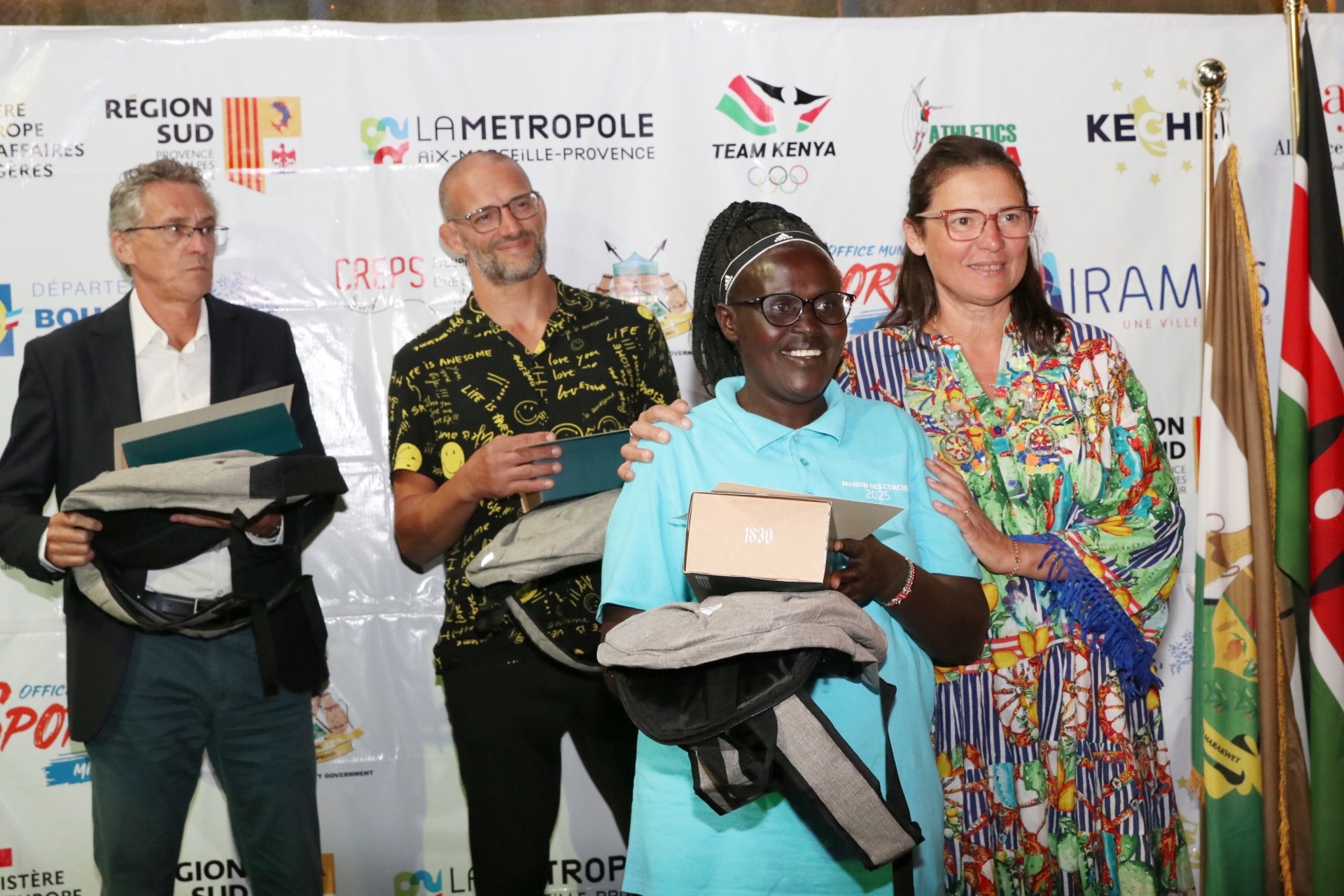
 ICEA Lion’s Head of Research Judd Murigi
ICEA Lion’s Head of Research Judd Murigi
Kenyans spent more to buy the same amount of goods in the three-month period to March 2025, compared to a similar period last year, following a tough economic climate.
A new consumer index by ICEA Lion has revealed that despite income increases in the period, rising commodity prices failed to offer any relief to buyers as inflation and income inequality continued to shape consumption patterns across the country.
According to ICEA Lion’s third quarter 2025 Consumer Spending Index, 43 per cent of surveyed individuals reported an increase in personal spending compared to the same period last year—marking the highest proportion since the index was launched in early 2024.
ICEA Lion’s Head of Research Judd Murigi, said the uptick in spending was largely driven by increased prices of goods rather than higher quantities being purchased.
"The eight per cent rise in the individual spending sub-index this quarter is mainly attributed to inflationary pressure on basic commodities," Murigi noted.
According to the index, consumer expenditure continued to focus on basic needs such as food, rent, and dining out, with discretionary spending and financial planning taking a back seat.
To partly finance the increasing cost of living, ICEA says informal borrowing trends shifted, with a growing number of consumers relying on loans from friends and acquaintances rather than mobile lending platforms.
Despite the rise in consumer spending, retail businesses reported mixed results. The retail business sales sub-index dropped 5 per cent in Q3, with only about 50 per cent of businesses saying their sales had improved year-on-year—a decline from 60 per cent in the previous two quarters.
“While larger businesses in cities like Mombasa and Nairobi saw improved sales, smaller enterprises in Kisumu, Nakuru, Nyeri and Kericho struggled, citing low customer footfall and rising operating costs,” said ICEA Lion’s Senior Portfolio Manager at ILAM, Esther Muchai.
She added that the reduced sales were mainly attributed to lower customer traffic as well as higher costs which lowered the impact of sales trends for elastic items.
“The key products that were attributed to increased or reduced sales were the likes of cooking flour, maize flour, as well as confectionery, and items such as sugar in milk were the most cited as the key items that were driving sales trends in retail businesses,” reads the report.
Nationally, income trends were uneven. About 30 per cent of respondents said their income had risen compared to Q2 2024, while 40 per cent reported stagnation, and another 40 per cent saw a decline.
"Eldoret stood out, with over half of the respondents noting income growth, driven by proximity to educational institutions and side businesses," said Murigi. "However, income declines were pronounced in Kisumu and Nyeri."
Lower and lower-middle income groups reported the sharpest income drops, while high and upper-middle income earners were more likely to report gains.
Sectorally, education and trade were the top-performing industries in terms of income growth, aided by supplementary income activities like tutoring and side hustles.













![[PHOTOS] Uhuru leads Jubilee grassroots meeting in Murang’a](/_next/image?url=https%3A%2F%2Fcdn.radioafrica.digital%2Fimage%2F2025%2F11%2F0b2a49cd-52fb-4a92-b9dc-26e253825a4a.jpeg&w=3840&q=100)


